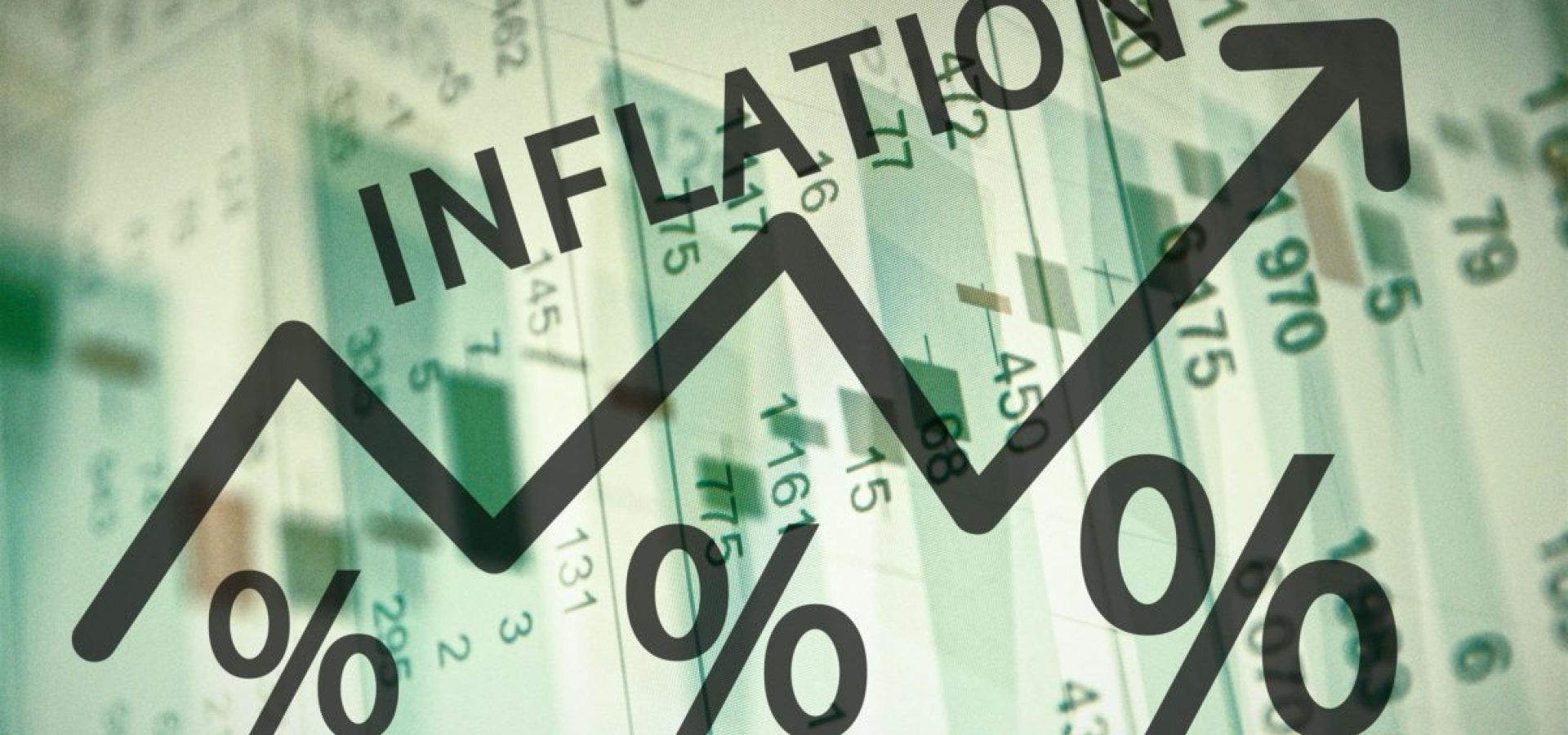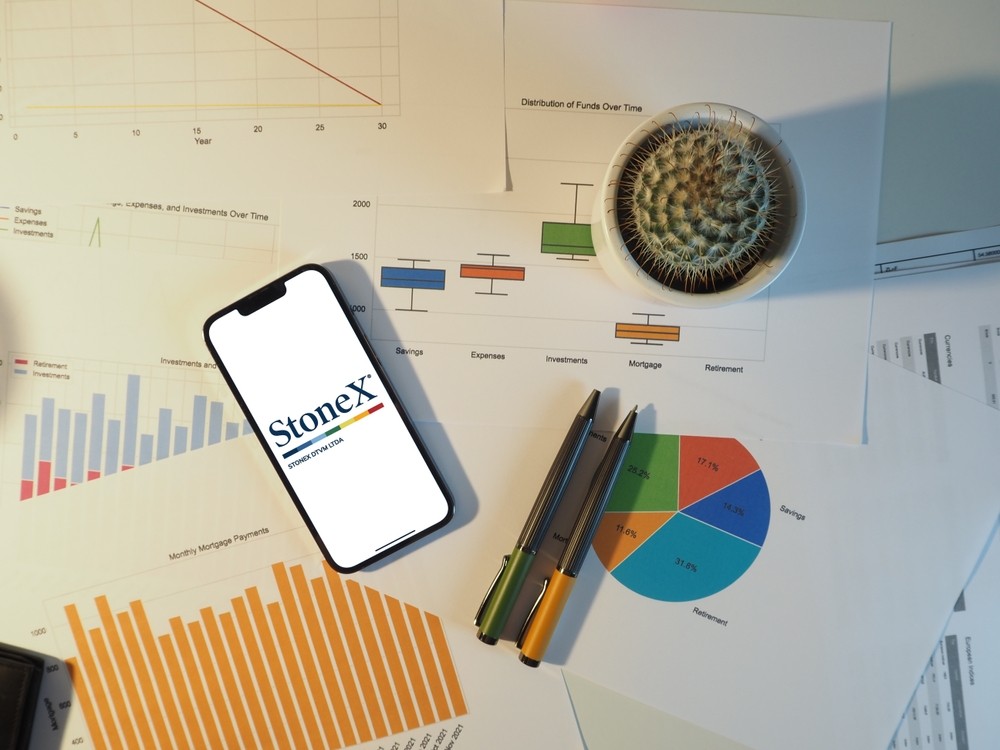Inflation risk has become a topic of paramount concern in financial markets worldwide. On Wednesday, European markets opened cautiously, bracing for the release of the latest U.S. inflation data for August. The Stoxx 600 index dipped by 0.4%, reflecting the nervous sentiment among investors. Retail stocks, industrials, and tech sectors witnessed declines, reflecting the apprehension surrounding the impending inflation figures.
The Bounce and Its Implications
Economists are closely watching for the potential “inflation bounce” in the U.S., with estimations pointing towards a 3.6% year-over-year rise, up from the previous month’s 3.2%. This rise, primarily attributed to demand pull inflation, indicates surging consumer demand post-pandemic. The core consumer price index, excluding volatile food and energy costs, is anticipated to have risen by 4.3% in August, a slight retreat from the 4.7% increase in July.
This scenario raises questions about how investors can safeguard their portfolios against the looming inflation risk. One option gaining traction is using inflation swaps, allowing businesses and investors to hedge against inflation by exchanging a fixed interest rate for a variable linked to an inflation index. These swaps have been increasingly adopted to mitigate the effects of rising prices.
Inflation-Proof Investments
Despite the apprehension, there are avenues for investors to navigate the turbulent waters of inflation. Diversifying portfolios with assets that historically perform well during inflationary periods can be a prudent strategy. Tangible assets like real estate and commodities often serve as inflation-proof investments, as they tend to appreciate when the purchasing power of money declines.
In conclusion, as European markets remain on edge awaiting U.S. inflation data, the spectre of inflation risk looms large. Investors must be vigilant and prepared to adapt their strategies to changing economic conditions. The potential “inflation bounce” and the rise in demand-pull inflation underscore the need for proactive risk management. Exploring options like inflation swaps and allocating resources to inflation-resistant assets can provide insulation from the erosion of purchasing power. In this uncertain economic landscape, staying informed and flexible is key to preserving and growing wealth.









COMMENTS